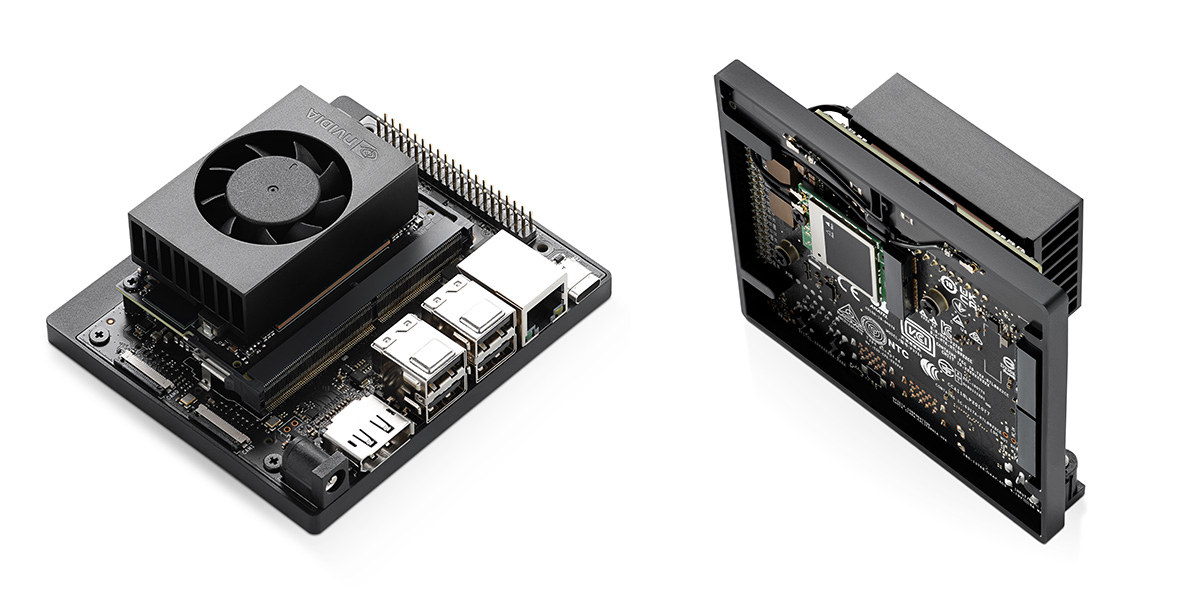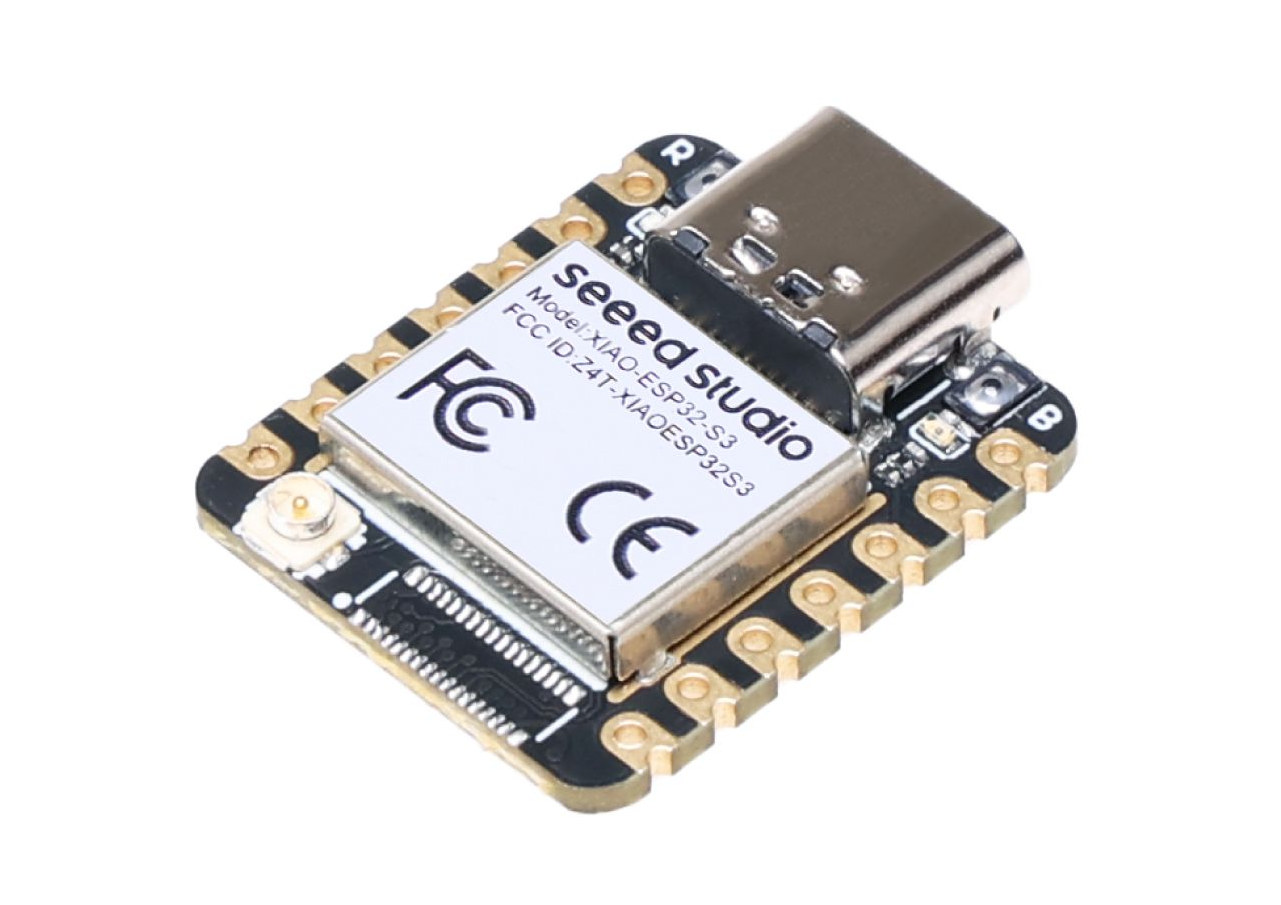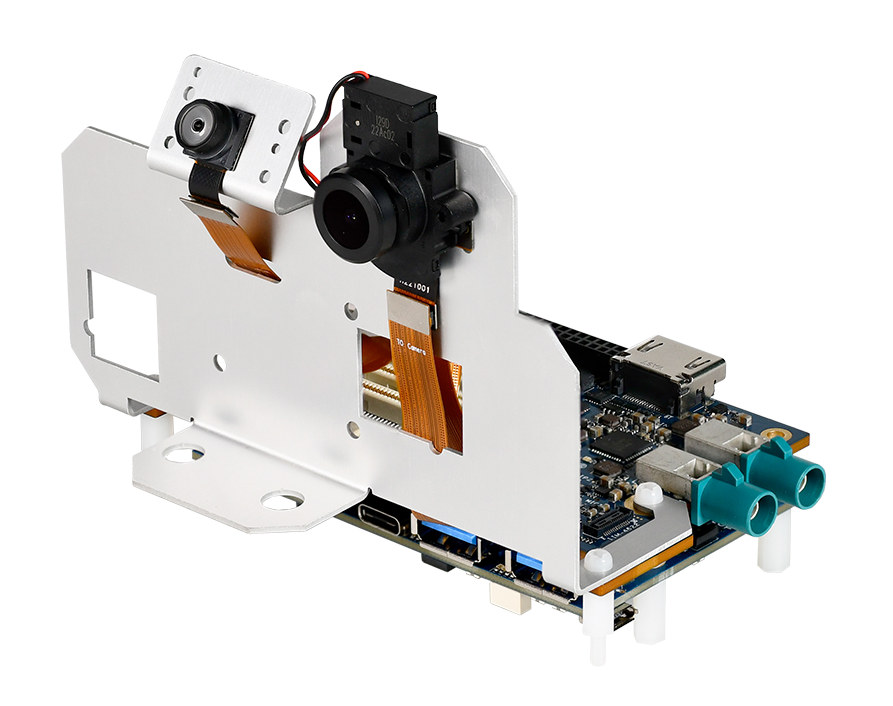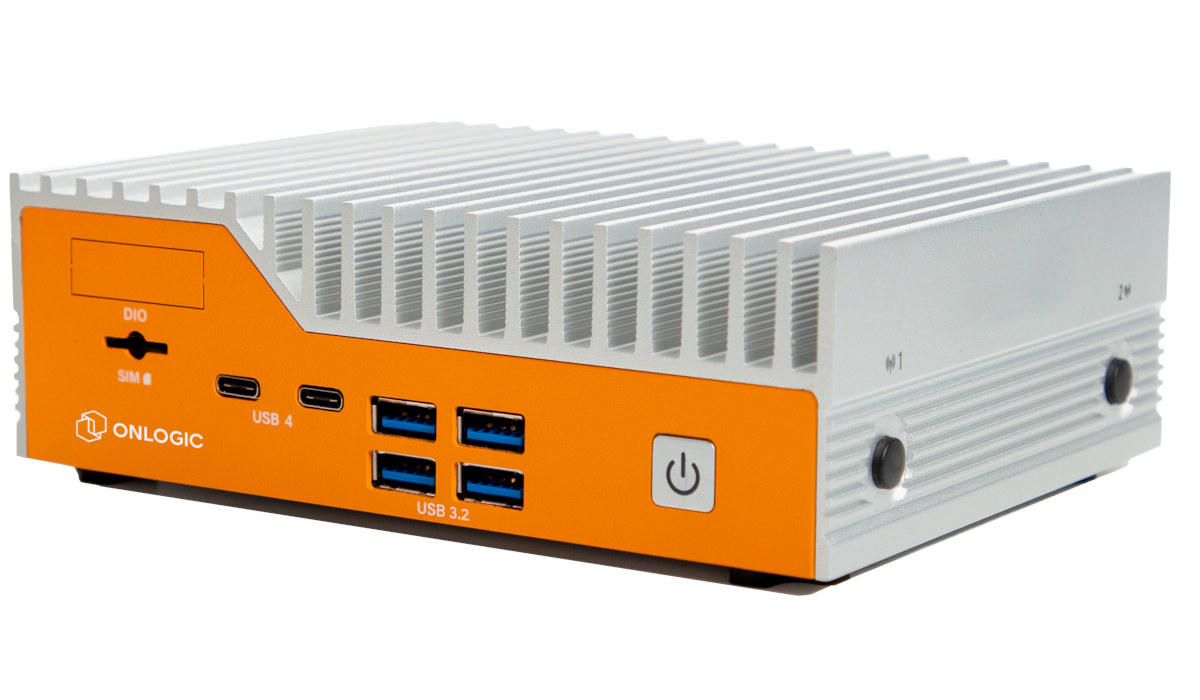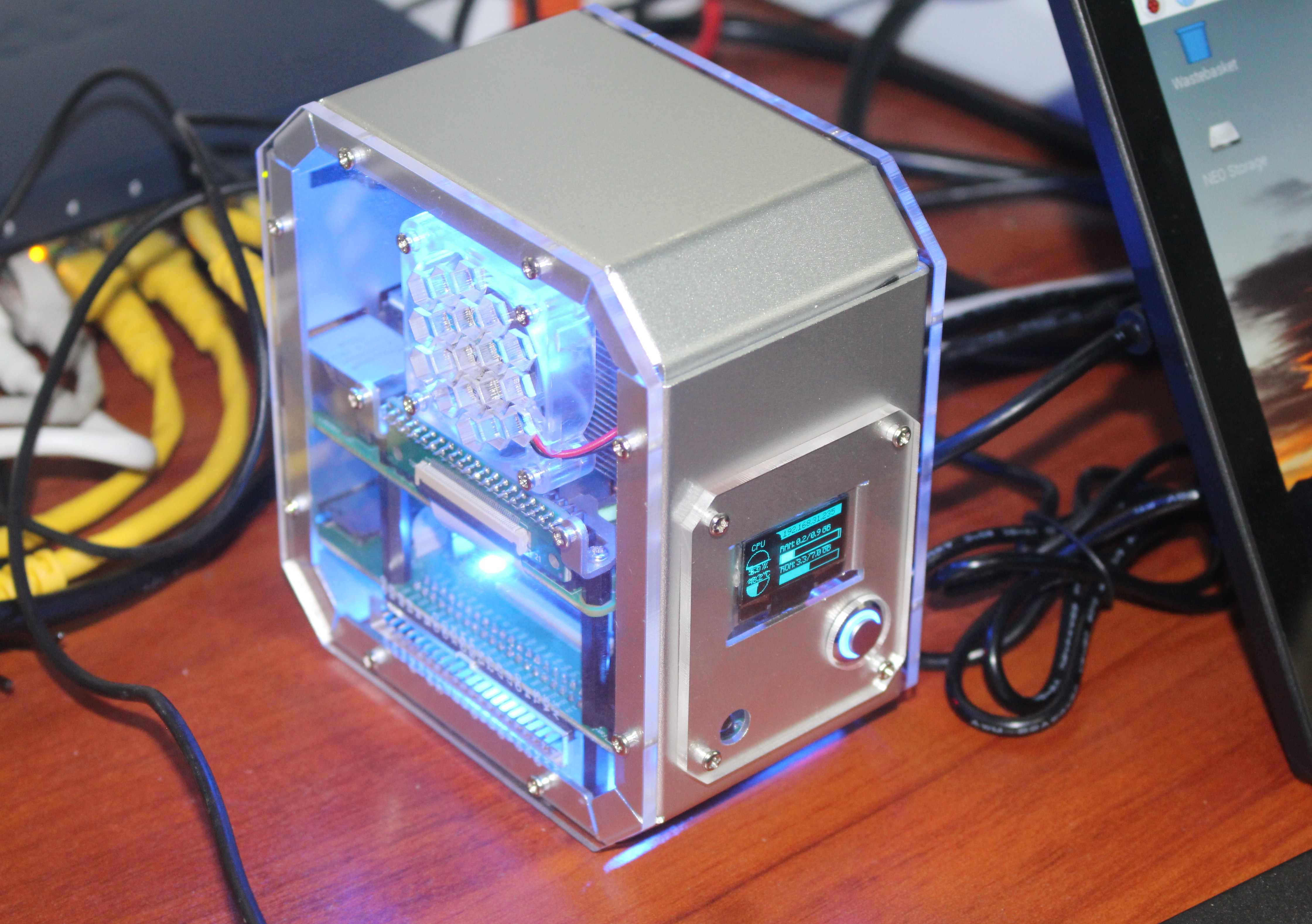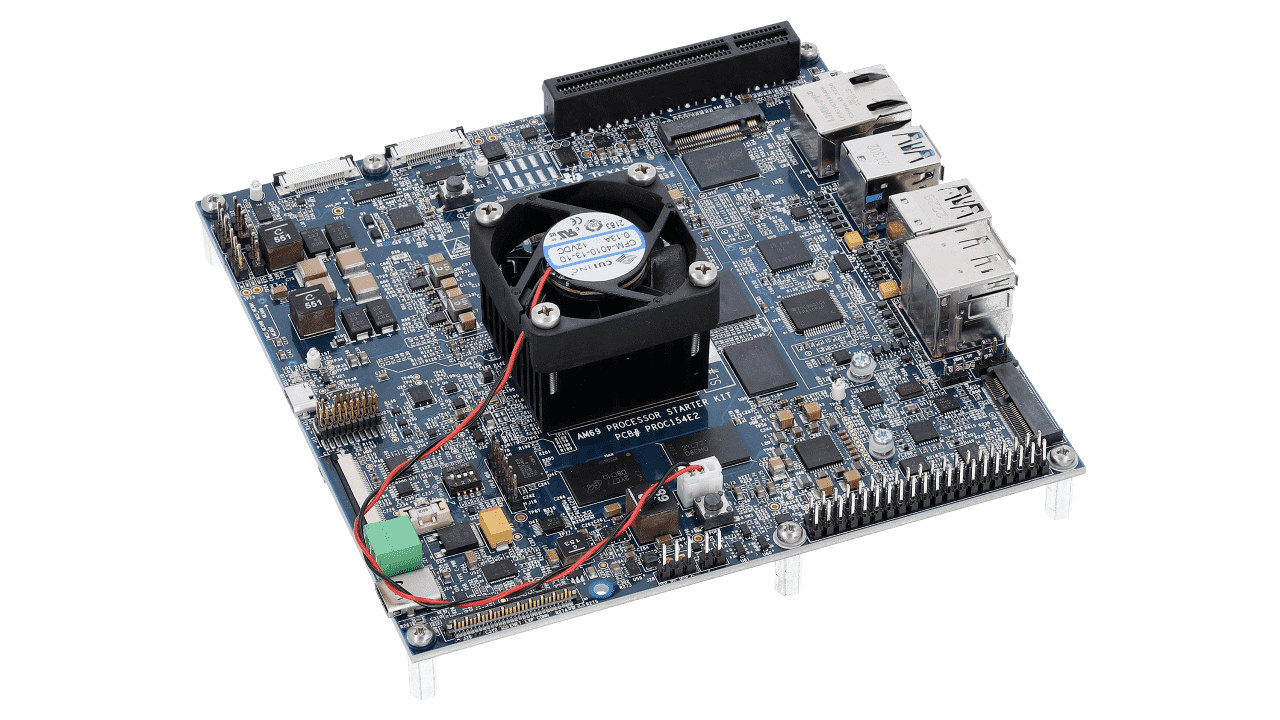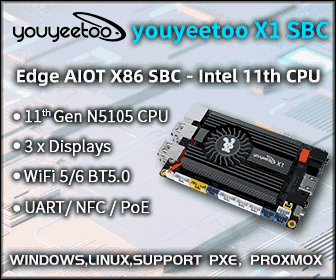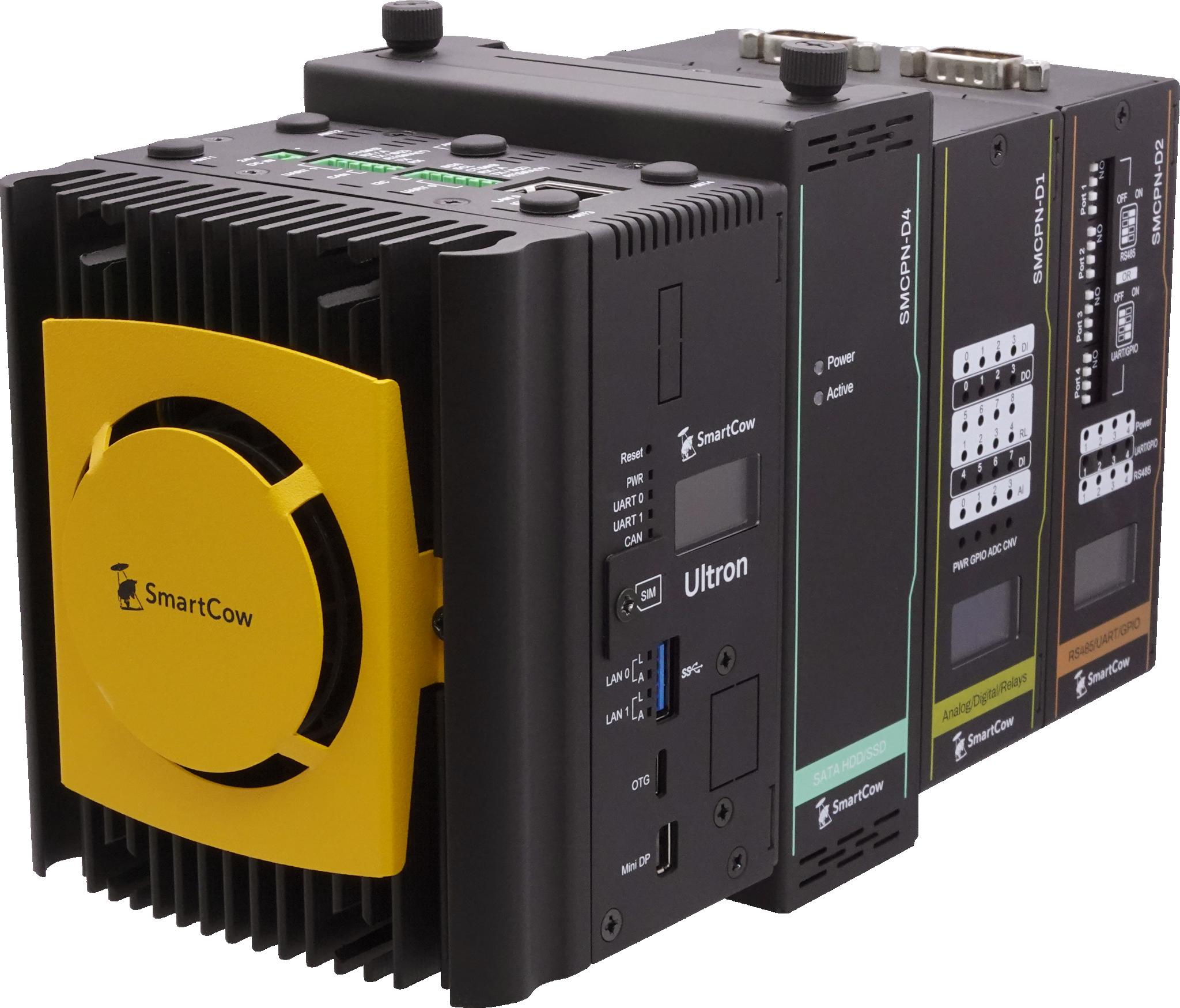NVIDIA Jetson Orin Nano Developer Kit is an upgrade to the popular Jetson Nano Developer Kit that delivers 80 times the performance, up to 50 times the performance per watt, and gives the developers the ability to design entry-level AI-powered robots, smart drones, intelligent vision systems, and more. The Jetson Orin Nano has a similar form factor as the original Jetson Nano, but is fitted with a Jetson Orin Nano 8GB module with up to 40 TOPS AI performance, and is equipped with a DisplayPort video output, USB 3.2 Gen 2 ports, two M.2 Key M sockets for SSDs, Gigabit Ethernet, a pre-installed Wi-Fi module, and connectors for cameras. NVIDIA Jetson Orin Nano Developer Kit specifications (compared to Jetson Nano Developer Kit-B01) The new developer kit is supported by the Ubuntu 20.04-based NVIDIA JetPack 5.1.1 SDK, as well as application-specific frameworks such as NVIDIA Isaac ROS and DeepStream, which are […]
XIAO ESP32S3 is a tiny ESP32-S3 WiFi 4 and BLE 5.0 module for IoT, AI, and robotics
Seeed Studio XIAO ESP32S3 is the new member of the company XIAO family with an ESP32-S3 dual-core wireless microcontroller with WiFi 4 and BLE 5.0 designed for Smart Home, IoT, wearables, and Robotics applications. It succeeds the single-core ESP32-C3-based XIAO ESP32C3 board with the same form factor, but the new XIAO ESP32S3 offers more performance, vector extension for machine learning, more flash, and improved power consumption in deep sleep mode. Seeed Studio XIAO ESP32C3 specifications: Wireless MCU – Espressif Systems ESP32-S3R8 dual-core Tensilica LX7 microcontroller @ 240 MHz with 512KB SRAM, 8MB PSRAM, Wi-Fi 4 & Bluetooth 5.0 dual-mode (Classic + BLE) connectivity Storage – 8MB SPI flash Antenna – External u.FL antenna USB – USB Type-C port for power and programming Expansion I/Os 2x 7-pin headers with 1x UART, 1x I2C, 1x SPI, 11x GPIO (PWM), 9x ADC 3.3V I/O voltage (not 5V tolerant) Debugging – JTAG pads Misc […]
Qualcomm Robotics RB1 and RB2 development kits launched for $199 and up
We quickly mentioned the Qualcomm Robotics RB1 and RB2 development kits in our post about Lantronix Open-Q 2210RB and 4210RB SiPs mostly to complain about the lack of information at the time. But things have changed the Qualcomm Robotics RB1 and RB2 devkits for cheaper, smaller Linux-powered robots with lower power consumption are now available, and we have more details with three options: Core Kit, Vision Kit, and Full Kit. So let’s have a closer look. All kits are based on the Qualcomm Robotics RB1/RB2 Core Kit with the following (preliminary) specifications: System-on-module RB1 – Thundercomm TurboX C2210 SoC – Qualcomm QRB2210 CPU – Quad-core Cortex-A53 processor at up to 2.0 GHz GPU – Adreno 702 GPU at 845 MHz with support for OpenGL ES 3.1, Vulkan 1.1, OpenCL 2.0 Hexagon QDSP6 v66 DSP 1080p 30 fps encode / 1080p 30fps decode System Memory – 1GB or 2GB LPDDR4 Storage […]
OnLogic Helix 401 – A compact fanless industrial computer powered by an Alder Lake Embedded processor
OnLogic Helix 401 is a fanless industrial computer with a compact design powered by a choice of Alder Lake Embedded processors from Celeron 7305E to Core i7-1270PE designed for edge computing, Industry 4.0, Internet of Things (IoT), and more. The computer supports up to 64GB DDR5 memory, SATA or NVMe storage via two M.2 sockets, and offers up to four video outputs via DisplayPort and USB4 ports, dual Gigabit Ethernet, optional WiFi and/or 4G or 5G cellular connectivity, COM and CAN bus ports, and Digital Input/Output (DIO) connector. OnLogic Helix 401 (HX401) specifications: Alder Lake SoC Intel Celeron 7305E penta-core processor @ 3.10GHz / 4.20GHz (Turbo) with 48EU Intel UHD graphics – PBP: 15W, up o 55W MTP Intel Core i3-1220PE 8-core/12-thread processor @ 3.10GHz / 4.20GHz (Turbo) with 48EU Intel UHD graphics – PBP: 28W, up to 64W MTP Intel Core i5-1250PE 12-core/16-thread processor @ 3.20GHz / 4.40GHz (Turbo) […]
Pironman review – A Raspberry Pi 4 enclosure with M.2 SATA, safe power off, RGB LED strip, and more
SunFounder Pironman is a Raspberry Pi 4 enclosure inspired by Michael Klement’s DIY Raspberry Pi 4 mini server with an OLED display and ICE Tower cooling solution, as well as some improvements such as an aluminum alloy and acrylic enclosure, support for an M.2 SATA SSD, a power button for safe shutdown, an IR receiver, and an RGB LED strip. The company sent me a Pironman kit without Raspberry Pi 4 for review. I’ll check the package content, go through the assembly, software installation, and testing of the unique features listed above. Pironman unboxing Some of the main specifications are listed on the side of the package. The enclosure comes fully disassembled with the Pironman board, metal and acrylic panels, RGB LED strip, OLED display, heatsink, fan, adapters, flat cables, screws, standoffs, and so on. The top of the Pironman board (JMS580-V1.8) comes with a JMicron JMS580 USB 3.2 Gen […]
Texas Instruments unveils AM62A, AM68A and AM69A Arm Cortex Vision processors and devkits
Texas Instruments AM62A, AM8, and AM69A Arm Cortex-A53 or Cortex-A72 Vision processors come with 2 to 8 CPU cores and deep learning accelerators delivering from 1 TOPS to 32 TOPS for low-power vision and artificial intelligence (AI) processing in applications such as video doorbells, machine vision, and autonomous mobile robots. Three families and a total of 6 parts are available: AM62A3, AM62A3-Q1, AM62A7, and AM62A7-Q1 single to quad-core Cortex-A53 processors support one to two cameras at less than 2W in applications such as video doorbells and smart retail systems. Equipped with a 1TOPS vision processor, the AM62A3 is the cheapest model of the family going for US$12 in 1,000-unit quantities. AM68A dual-core Cortex-A72 processor can handle one to eight cameras in applications like machine vision, with up to 8 TOPS of AI processing for video analytics. AM69A octa-core Cortex-A72 SoC supports up to 12 cameras and achieves up to 32 […]
xTool D1 Pro 20W Review – Mandala Art with a 20W laser engraver and cutter
Hey Karl here. I am going to be sharing my experience with the xTool D1 Pro 20W. It is a 20W laser cutter/engraver with a 340x390mm working area. It has been heavily reviewed and I will comment on a few points I have not seen spoken about. I join a lot of Facebook groups for these reviews to get real-world feedback and ideas to write about. With nearly all forms of digital fabrication, I regularly read about misconceptions and frustration that stem from unknowingly purchasing a machine that requires a substantial amount of time and patience to learn. For this review, I kept a daily log and will summarize the time it took me to complete one project. I did get sidetracked on a few aspects and will take that time out. I am excited to share the results of the laser power testing I have been doing. Logs will […]
NVIDIA Jetson powered SmartCow Ultron controller targets Smart Cities and autonomous infrastructure deployments (Sponsored)
SmartCow, an AI engineering company specializing in video analytics, AIoT devices, and smart city solutions, and an NVIDIA Metropolis partner, has released a new version of the Ultron controller. Smartcow Ultron is an AI-enabled controller with sensor fusion capabilities that empowers industrial applications of vision AI at the edge. Powered by the NVIDIA Jetson Xavier NX system-on-module and compatible with Jetson Orin NX, Ultron is suitable for smart traffic and manufacturing that can leverage its high computing power and low latency for vision AI applications in various configurations. It is also applicable in smart factories, smart cities, smart buildings, and smart agriculture. Ultron takes automation a step further than traditional PLC solutions with vision analysis. Based on powerful NVIDIA Jetson modules, Ultron can handle demanding visual AI processing workloads, with model architecture such as image classification, object detection, and segmentation. The new version of Ultron enhances the flexibility of its […]


